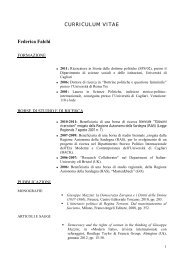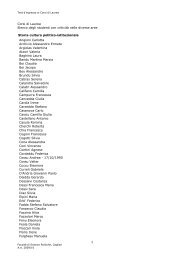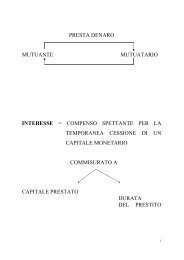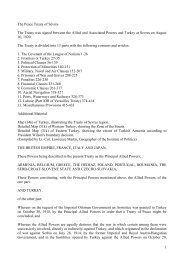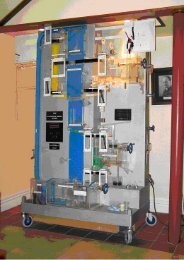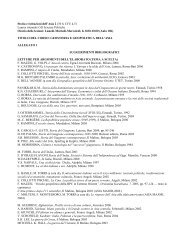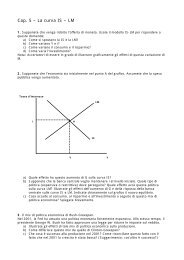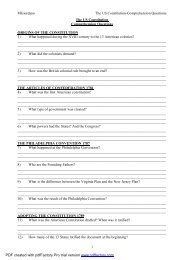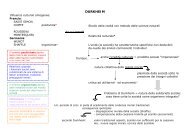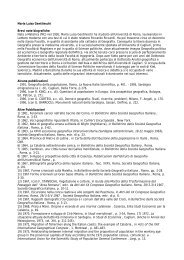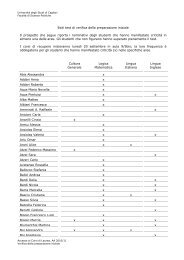Controlling for Heterogeneity in Gravity Models of Trade
Controlling for Heterogeneity in Gravity Models of Trade
Controlling for Heterogeneity in Gravity Models of Trade
Create successful ePaper yourself
Turn your PDF publications into a flip-book with our unique Google optimized e-Paper software.
GDPs, their populations, and the distance between them. Thus, the augmented CS model (CSa)assumes that <strong>in</strong> a given year trade flows from export<strong>in</strong>g country i to import<strong>in</strong>g country j can beestimated us<strong>in</strong>g: 8ln Xij= α + β1 lnYi+ β2lnYj+ β3ln Ni+ β4ln Nj+ δ1ln Dij+ δ2Cij+ λLij+ εij; (2)where Y i andY j are the two countries’ GDPs;Nianddistance between their economic centers (their capital cities);N are their populations, D is thejC ij is a contiguity dummy; and Lijis a common-language dummy. As trade flows are expected to be positively related to national<strong>in</strong>comes, and negatively related to distance, it is expected that β 1, β 2 , and δ 2 are positive, andthat δ 1 is negative. Also, estimation typically yields a negative sign <strong>for</strong> β 3 , which would<strong>in</strong>dicate that exported goods tend to be capital-<strong>in</strong>tensive. It is also common to obta<strong>in</strong> a negativesign <strong>for</strong> β 4 , which would <strong>in</strong>dicate that traded goods tend to have <strong>in</strong>come-elastic demands.F<strong>in</strong>ally, because Lijis meant to capture cultural and historical similarities between the trad<strong>in</strong>gSDLUVZKLFKDUHWKRXJKWWRLQFUHDVHWKHYROXPHRIWUDGH LVH[SHFWHGWREHSRVLWLYHThe basic version <strong>of</strong> the gravity model does not <strong>in</strong>clude the populations <strong>of</strong> the twocountries, so it can be viewed as a special case <strong>of</strong> the augmented model <strong>in</strong> which the coefficientson population are restricted to zero. Thus, the basic CS model (CSb) assumes that bilateral tradecan be estimated with the follow<strong>in</strong>g regression:ln Xij= α + β1 lnYi+ β2lnYj+ δ1ln Dij+ δ2Cij+ λLij+ εij.(3)The expected signs <strong>for</strong> the coefficients are as <strong>in</strong> the augmented model.ij8 Note that because ln ( per capita <strong>in</strong>comei ) = ln Yi − ln N , the regression could be suitably rearrangedito <strong>in</strong>stead obta<strong>in</strong> the augmented model with per capita <strong>in</strong>come.8



